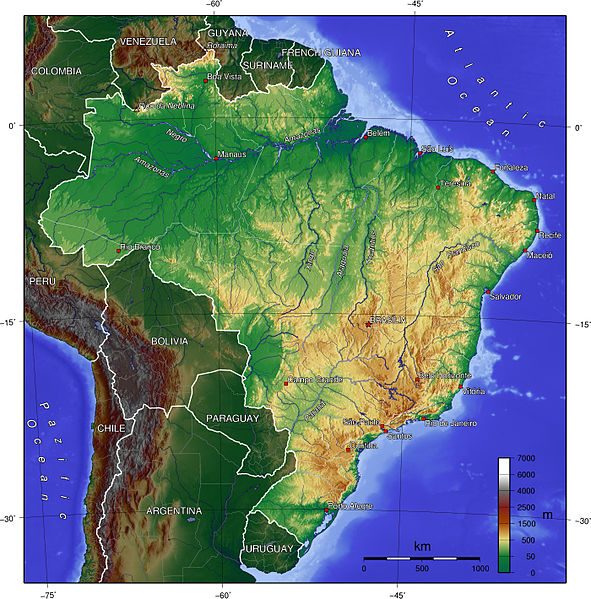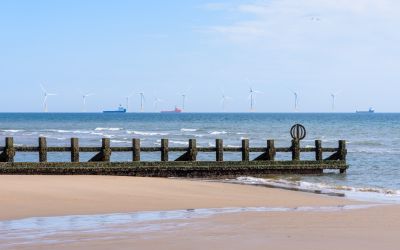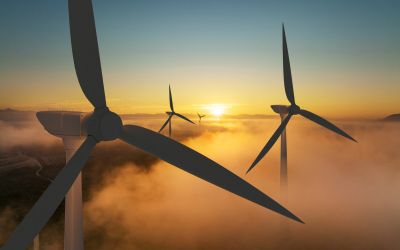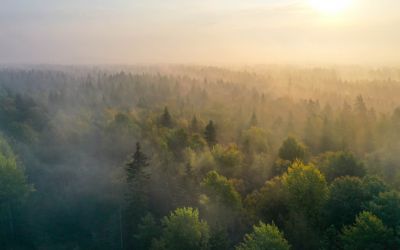Brazil’s low-carbon agriculture programme
The Brazilian government is providing US$1.7 billion this year for a programme aimed at addressing the country’s second-highest source of carbon dioxide emissions: agriculture.

The Brazilian government is providing US$1.7 billion this year for a programme aimed at addressing the country’s second-highest source of carbon dioxide emissions: agriculture. The Low-Carbon Agriculture (ABC) programme was launched in 2010 to help Brazil meet a pledge made at the 2009 Copenhagen climate conference. The country wants to cut carbon emissions so that by 2020, they are up to 38% lower than they would have been if nothing had been done. Now the government just needs to convince farmers to buy into the idea.
The ABC funds low-interest loans for activities such as agroforestry, improving soil uptake of nitrogen and rehabilitating degraded pastureland. By 2020, that basket of initiatives should mean that Brazilian agricultural sector emits 160 million tonnes less CO2 equivalent than if nothing was done.
However, poor publicity and marketing is part of the reason for a tepid response amongst agriculturalists. Some producers supposedly didn’t take up the money at first because the ABC had stricter environmental requirements than other agricultural loans. To be eligible, a farmer needed to prove compliance with environmental laws such as the Forest Code, which protects native vegetation on private property and was in the process of being revised by Congress to be less strict. Some farmers possibly decided to wait and see whether they could comply with the looser standards.

The ABC itself was later stripped of some of its environmental character. As of 2011, low-carbon agriculture money could be used to fund activities that caused emissions of other greenhouse gases, such as growing paddy rice — a net methane source, which is responsible for 7 million tonnes of CO2 equivalent emissions in Brazil each year — or had nothing to do with carbon sequestration, such as organic agriculture. Farmers and ranchers can currently use ABC loans to buy cattle and remove tree stumps from recently deforested land.
It is unclear what effect, if any, the relaxed rules have had on the overall performance of the programme with respect to the uptake of loans. However, the amount of ABC money given out has shot up from none in 2010–11 to almost 50% in 2012.
Persuading farmers that going low-carbon is good for business will be difficult in a country where, this year, US$57 billion in credits has been given to traditional agriculture, which involves legal deforestation. And even that is only the first step. Once the plan is in motion, the government has to be able to assess how well it is working to reduce carbon emissions.
Image 01 - Topograhical image of Brzail. Captain Blood






